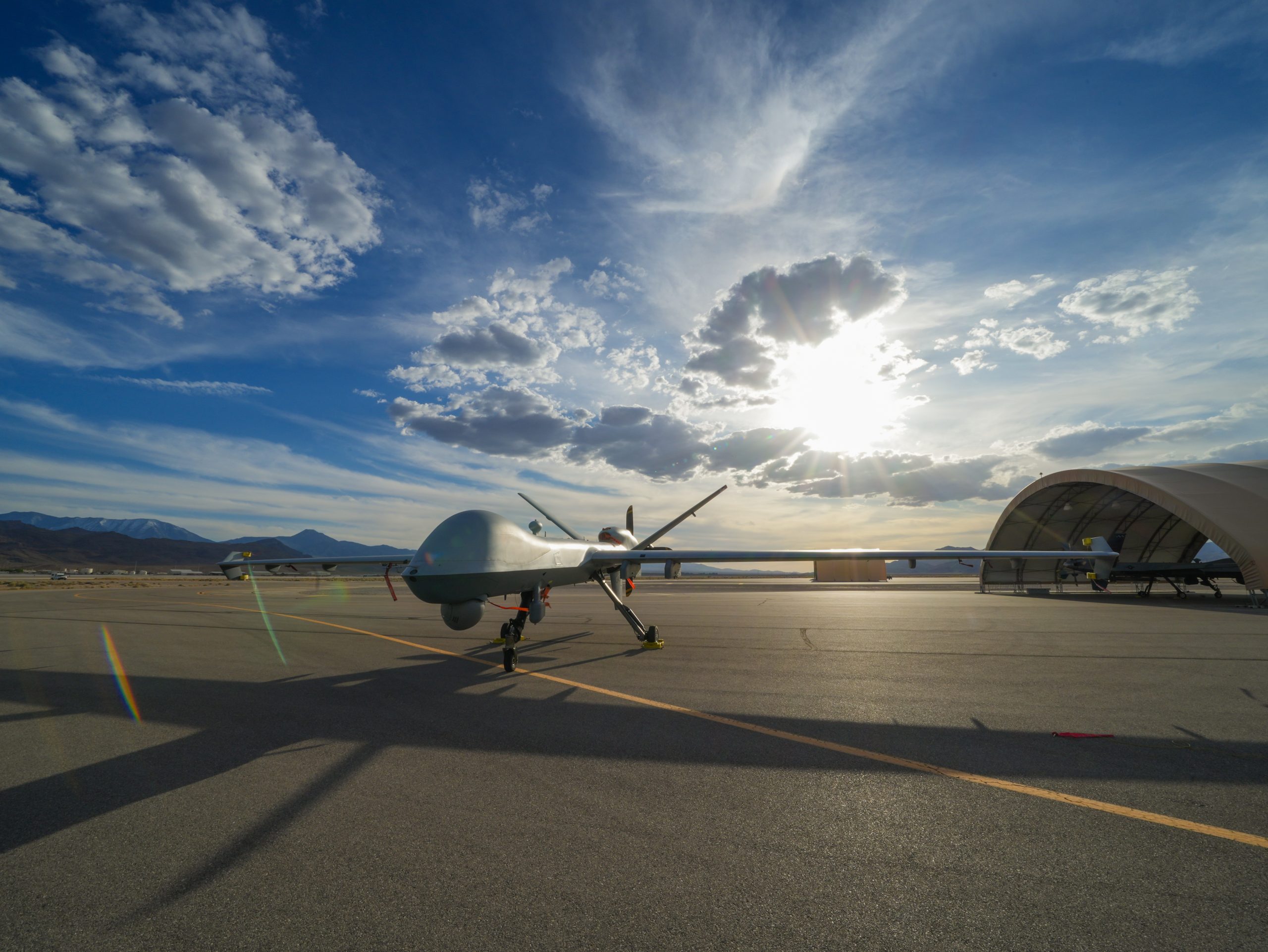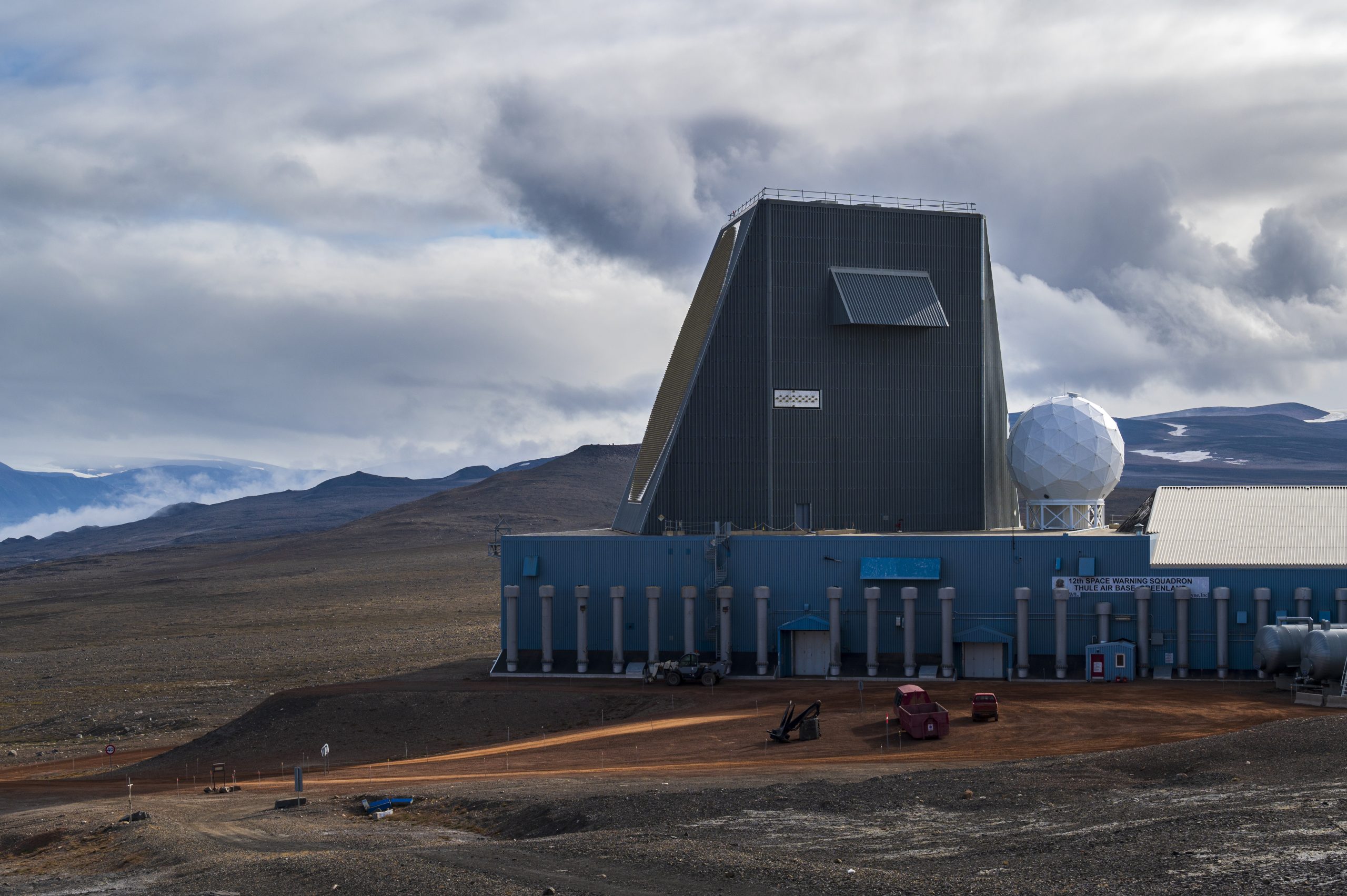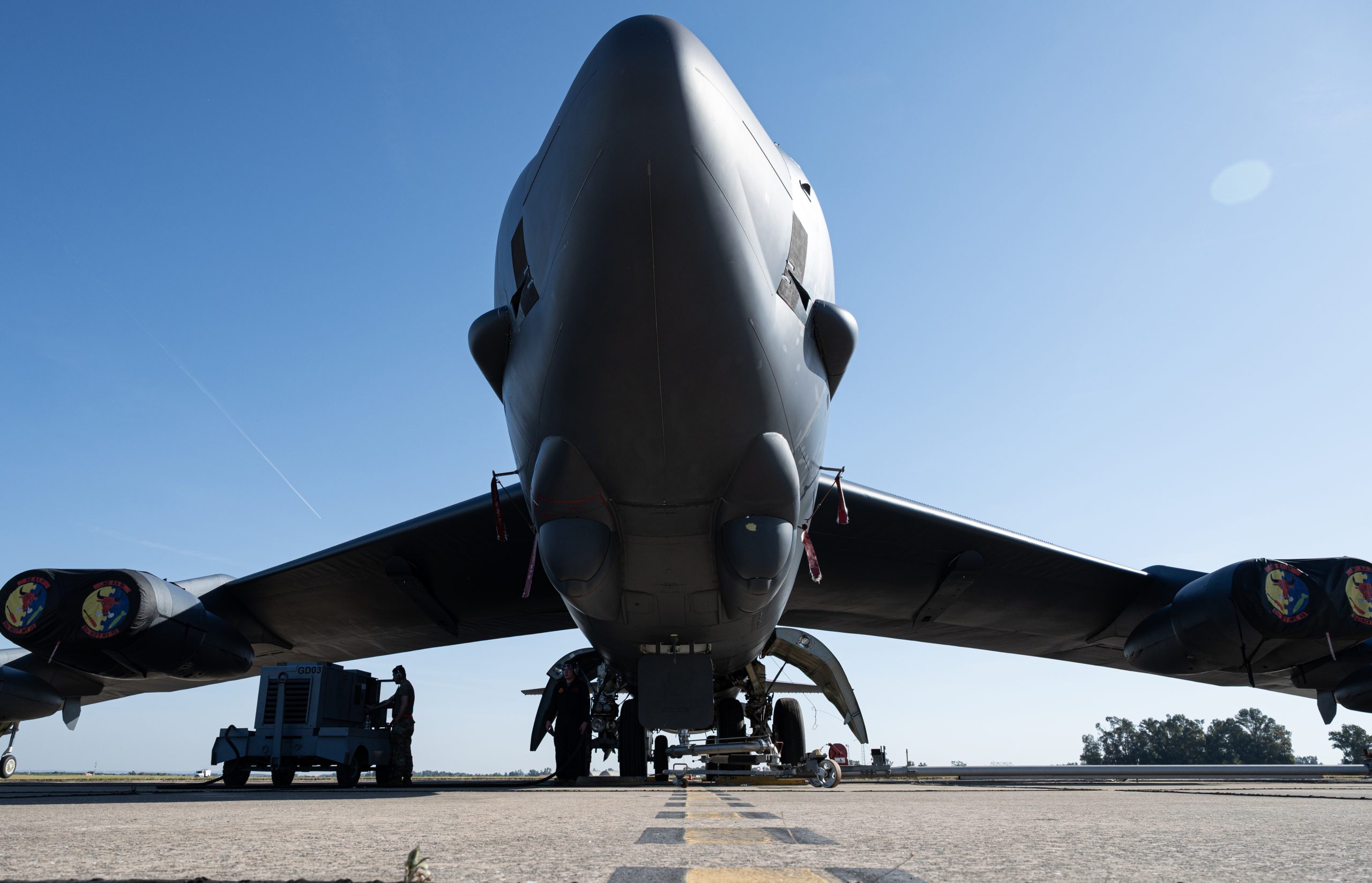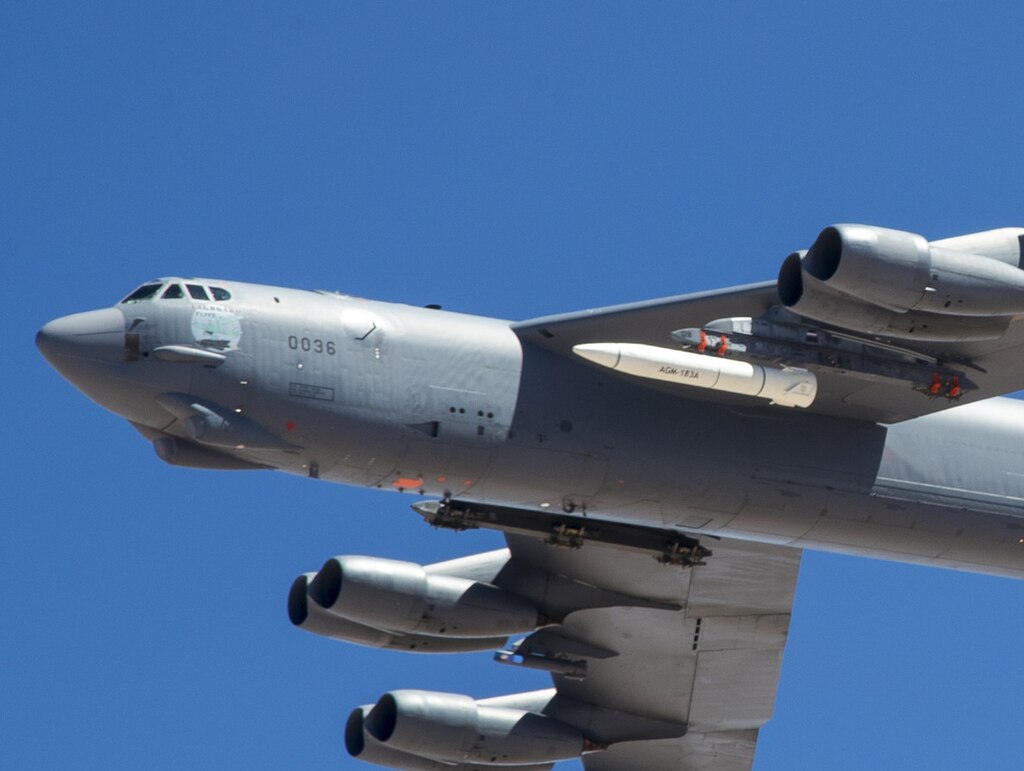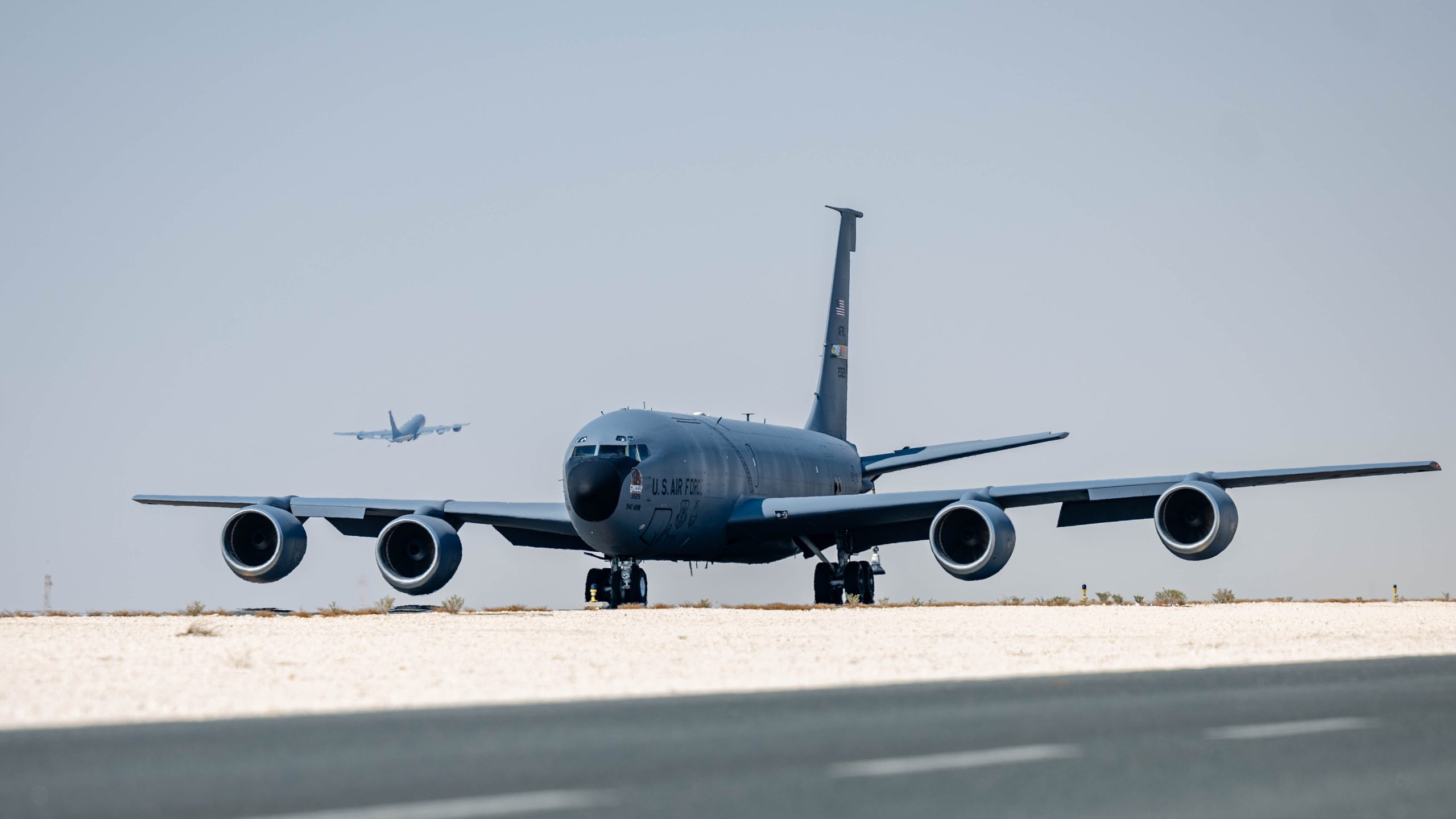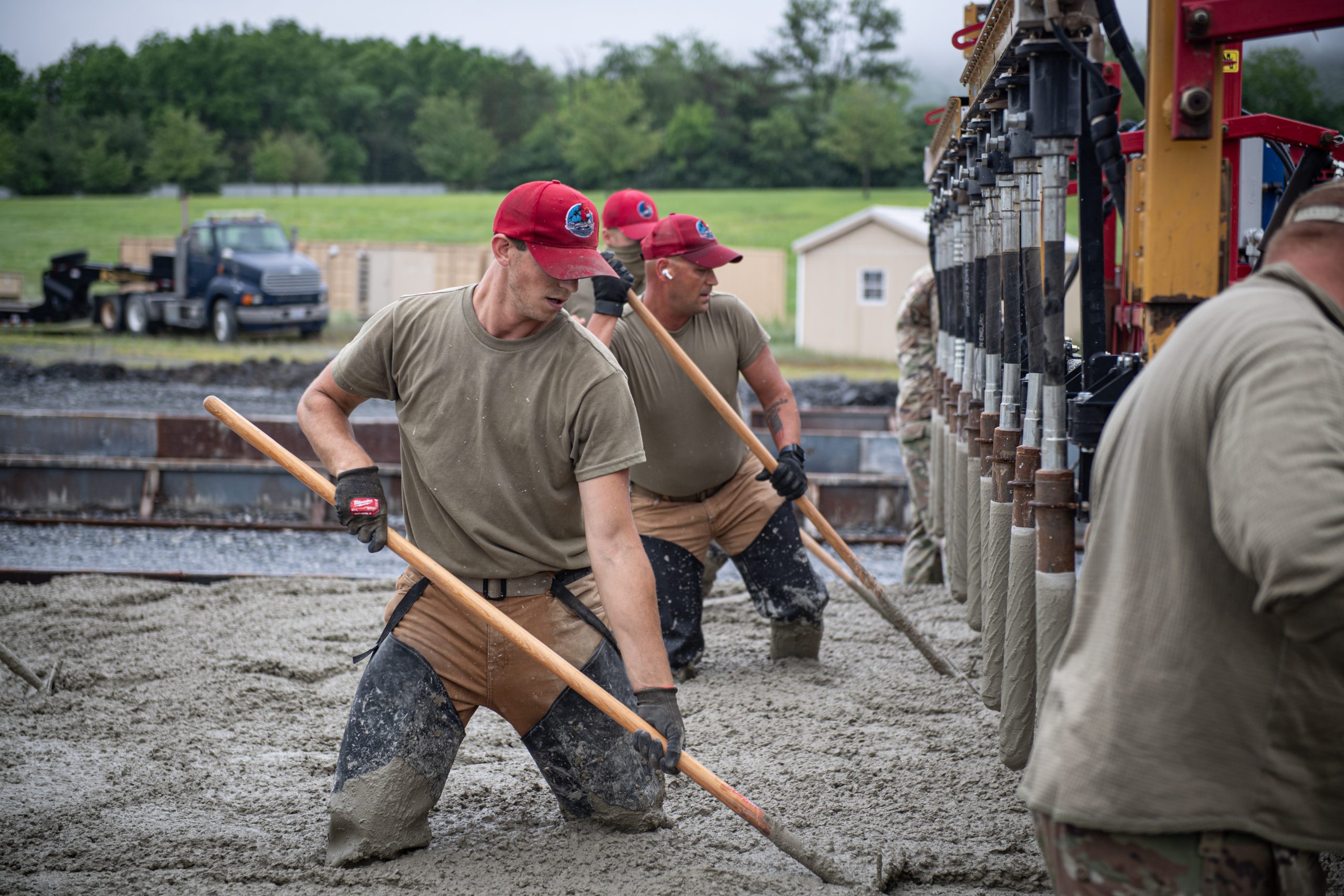Air Force Deputy Chief of Staff for Operations Lt. Gen. Adrian L. Spain has been nominated to lead Air Combat Command, the service’s biggest command, the Pentagon announced June 18.
If confirmed, Spain would replace Gen. Kenneth S. Wilsbach, who is retiring, and command more than 150,000 personnel and 1,000 aircraft from ACC headquarters at Joint Base Langley-Eustis, Va.
Lt. Gen. Case A. Cunningham, commander of U.S. Alaska Command, has been nominated to succeed Spain as the Air Force A-3, the Pentagon said.
Spain has been the principal architect of the Air Force’s plan to overhaul combat deployments around the world. As the A-3, he drove an evolution from “crowd-sourced” commands to air task forces and, beginning next year, deployable combat wings. The aim is to train more capable, cohesive teams that rotate into overseas assignments in a more predictable manner than has been typical in the past 10-15 years.
“America’s Air Force stands ready and able to defend the homeland, ensure a robust nuclear deterrent via our two legs of the nuclear triad, and project power around the world to deter and win as the nation requires,” Spain told House lawmakers last month. “Today’s airmen will do so with the oldest airplanes, the smallest force and with fewer flying hours than at any point in our history. Airmen have and always will get the job done. But today, they do so at elevated risk.”
ACC is responsible for organizing, training, and equipping most of the service’s air, cyber and electronic warfare forces, and is expected to take a lead role in measuring and ensuring the readiness of combat forces across the breadth of the Air Force under plans unveiled just over a year ago.
Spain faces significant challenges within ACC, where he will inherit decades-old equipment and must begin the process of planning to integrate next-generation weapons such as the F-47 fighter, unmanned collaborative combat aircraft, and more.
“The sooner we get the older aircraft off of our books and off our flight lines and into new capability, the better off for the Air Force,” Spain told lawmakers in May.
A fighter pilot who has racked up over 2,150 flight hours in over a dozen airframes, including more than 200 in F-15s and F-22s, Spain became the Air Force A-3 in December 2023. He has held several staff positions at U.S. military commands around the world, including U.S. European Command, U.S. Northern Command, and U.S. Air Forces in Europe-Air Force Africa. He also led the 380th Air Expeditionary Wing out of Al Dhafra Air Base in the United Arab Emirates and the 53rd Wing, a major test unit at Eglin Air Force Base, Florida.
Replacing Spain in the Pentagon would be Cunningham, a fighter pilot who has commanded the famed Thunderbirds aerial demonstration team, led an expeditionary reconnaissance wing in Afghanistan, and worked at the Defense Advanced Research Projects Agency. He has also run a key drone wing at Creech Air Force Base, Nev., and an air wing in Japan. His staff jobs included stints at ACC and with U.S. Indo-Pacific Command.
The Congressional Record noted Spain’s nomination for a fourth star on June 17 but did not specify which job he would hold.
Both Spain and Cunningham’s nominations require Senate confirmation.

